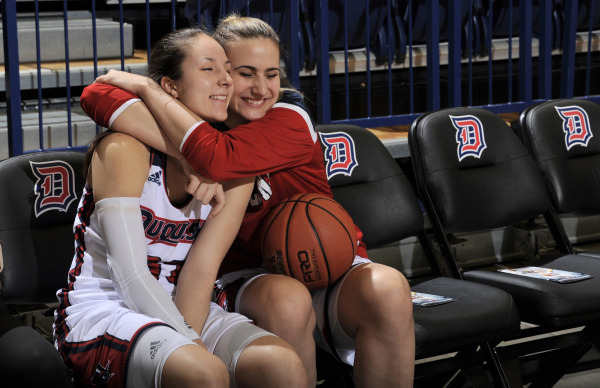By The Duke Staff
The actions of assistant football coach Jerry Sandusky, head coach Joe Paterno, president Graham Spainer and athletic director Tim Curley have received responses of disapproval, disgust and distrust from the public. However, the four-year bowl ban on Penn State’s football team has garnered mixed reactions from students, fans and media outlets alike since the NCAA implemented it in 2012 to its early lifting on Monday.
When the NCAA’s ruling was first issued against Penn State, a large number of people thought it was only due to the severity of the perpetrators actions. The ruling issued in 2012:
-A five year probation.
-Four-year postseason ban.
-Stripping all wins from 1998-2011 the Nittany Lions received.
-Loss of 40 initial scholarships from 2013 to 2017.
The New York Times interviewed Mark Emmert, the NCAA president in 2012 when the decision was reached, and wrote that “no punishment the NCAA could impose would change the damage done to those Sandusky abused, but ‘the culture, actions and inactions that allowed them to be victimized will not be tolerated in collegiate athletics.’”
As time progressed, it became apparent that the knee-jerk reaction from the NCAA was arguably one of “the stiffest penalties in college football history,” according to Pennsylvania’s The Morning Call last Tuesday.
While, those involved in the serial sexual scandal were irrevocably affected, the NCAA’s harsh ruling inadvertently brought in others to punish as well that were never apart of the incident to begin with.
Players scouted for the team who would never even meet Paterno were affected. The charities Penn State donates to each year from their conference bowl revenue – an estimated $13 million – were affected. The school’s reputation along with each and every one of it’s 98,097 enrolled students were affected not only by the football coaches but also the NCAA’s decisions.
The NCAA was first established in 1906 but has never had to handle a scandal with the proportions of this case and has done what they can to rectify the situation they placed themselves in.
Although NCAA’s decision to lift the ban was a move in the right direction, it also has unforeseen repercussions.
The decision made the NCAA’s initial ruling seem incorrect. This lessens the NCAA’s authority, indicating that they will respond to public opinion.
The people who were involved in this scandal will be in pain for the rest of their lives. The decision to lift their ban does not diminish their pain it just corrects an initial overreaction.



